Earlier this week, team member Eline Scheerlinck spent three days in the Manuscripts Reading Room of Cambridge University Library, studying Coptic papyri that are part of the library’s collections. Eline will be editing the papyri together with Manchester-based Coptic papyrologist Jennifer Cromwell, who also founded the blog Papyrus Stories. The Coptic papyri in question were part of the working archive of Egyptologist Herbert Thompson (1859-1944) and entered Cambridge University Library in 2012 and 2014. Read the whole story below!
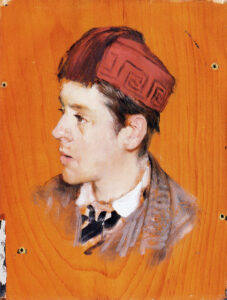
Herbert Thompson, aged 18 (1877) by Lawrence Alma-Tadema. Fitzwilliam Museum, Cambridge
Herbert Thompson was an Egyptologist who began to pursue Egyptology when he was 40. He inherited a baronetcy title from his father, along with considerable wealth. He studied Classics at Trinity College, Cambridge, but after a legal career and biology studies at University College London, he started studying Egyptology at UCL. His interest in Egyptology developed after meeting William Flinders Petrie in the biology lab. Petrie, who had been on many excavations by that time and in the context of his interests in eugenics, asked Thompson to report on certain human remains. Thompson then turned to the study of Egyptology at UCL, focusing on languages and texts, specifically Demotic and Coptic. His teachers in these subjects, who would become his colleagues, were F.Ll Griffith and W.E Crum. Thompson became a Demotic and Coptic text editor. He visited Egypt only once, in 1907-08, working at the Saqqara excavations with J.E Quibell. He helped Crum finish his Coptic Dictionary while both men were living in Bath. The dictionary was published in 1939, five years before both men died in 1944. Thompson’s inherited wealth and the fact that he did not have a family allowed him to financially support the Egypt Exploration Society during his life and to endow the Chair of Egyptology at Cambridge University, which was founded in 1946. The two main sources for information on Thompson’s life and work are Robert Simpson’s entry for Thompson in the Oxford Dictionary of National Biography, and a biographical book chapter by Catherine Ansorge at Cambridge University Library (“The accidental linguist: Herbert Thompson’s contribution to Egyptian language studies traced through his archive”, in: Life-writing in the History of Archaeology. Critical Perspectives, ed. Clare Lewis & Gabriel Moshenska, London, UCL Press, 2023, 183-211). This last publication was especially valuable for the history of Thompson’s archive at CUL, which contains the Coptic papyri that Eline and Jennifer studied this week.
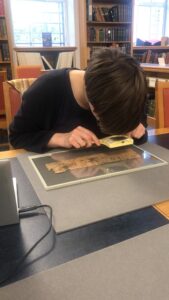
Sometimes you just have to get very close. Eline studying one of the Thompson papyri at CUL’s Manuscripts Reading Room. Photo credit Jennifer Cromwell.
Herbert Thompson’s archive entered Cambridge University Library in several stages. In the 1920s, he donated a total of 295 ostraca, most of which were Demotic, with some Greek and some Coptic. In 1939, he donated Coptic and Greek literary fragments on parchment. The ostraca were given to him by colleagues such as Crum, Gardiner, and Petrie, and he bought the parchment pieces from the Coptic scholar Henri Hyvernat. Thus, Thompson was part of networks of male European scholars who personally exchanged or gifted ancient artefacts as objects of study to their colleagues, artefacts which came from excavations or were bought on the antiquities market. The Thompson case illustrates how this scholarly practice should not be underestimated as a mechanism through which collections were formed. Thompson’s personal working archive was bequeathed to his student Stephen Glanville, who first held the chair of Egyptology in Cambridge. Glanville died in 1956, and Thompson’s archive was deposited in the Department of Egyptology in Cambridge, eventually making its way to Cambridge University Library after reorganisations and moves within the university. This transfer occurred in 2012 and 2014. Thompson’s archive occupies about 6 metres of shelving and contains approximately 100 paper files, including his working notes, index cards, photographs, newspaper cuttings, and letters from colleagues. Among these files, the Cambridge University Library staff discovered 18 Coptic papyri, of which 11 documentary papyri that are part of the current edition project.
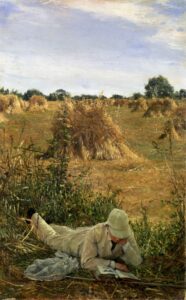
L. Alma-Tadema, 94 degrees in the shade, 1876, Fitzwilliam Museum Cambridge:
a 17 year old Herbert Thompson reading.
The provenience of these Coptic papyri was established thanks to a letter in Thompson’s archive, which indicates that the papyri were excavated in Antinoë (Antinoupolis) during the 1913-14 excavations funded by the Egypt Exploration Fund. This letter was sent to Thompson by John de Monins Johnson, who led the excavation. The papyri were sent to Herbert Thompson in 1914 to study but were never returned to the EES, likely due to the disruption caused by World War One. In 2018, after the papyri had been discovered in the archive, the EES agreed to transfer ownership to Cambridge University Library. In 2019, Anna Johnson, then a conservator at Cambridge University Library, initiated the conservation and digitisation project of these papyri, funded by the National Manuscripts Conservation Trust. Jennifer Cromwell was invited in 2019 to edit and publish the papyri. She made a preliminary visit in August 2019 to the Thompson collection, making initial transcriptions and notes. In 2022, Jennifer invited Eline on the edition project. Both the digitisation and edition projects were halted due to the pandemic but have now officially resumed.
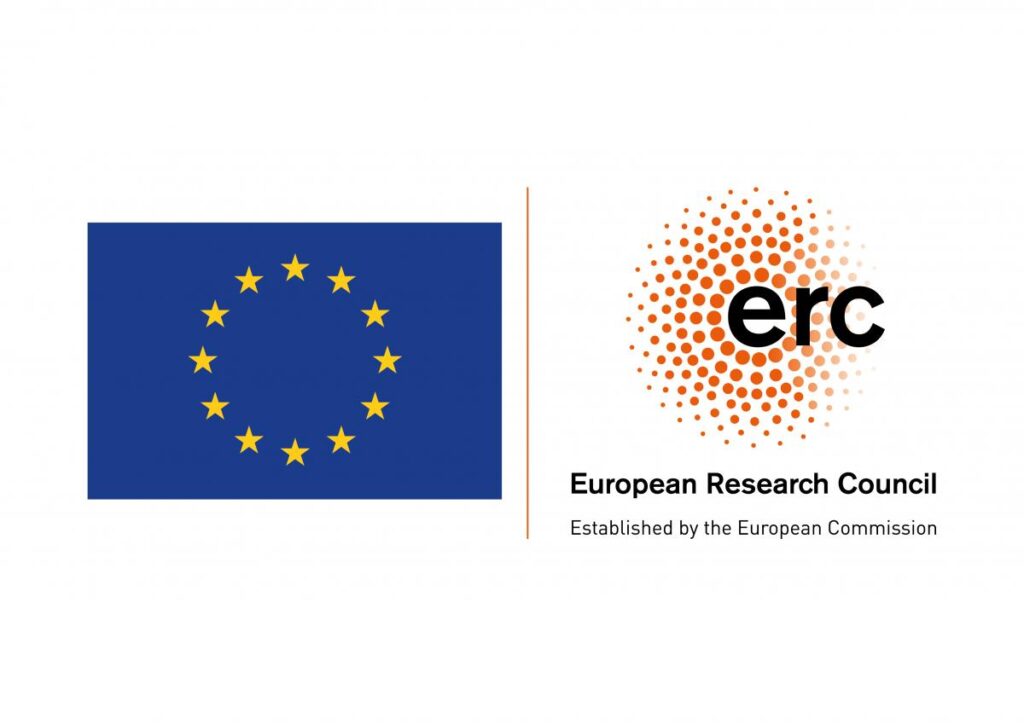

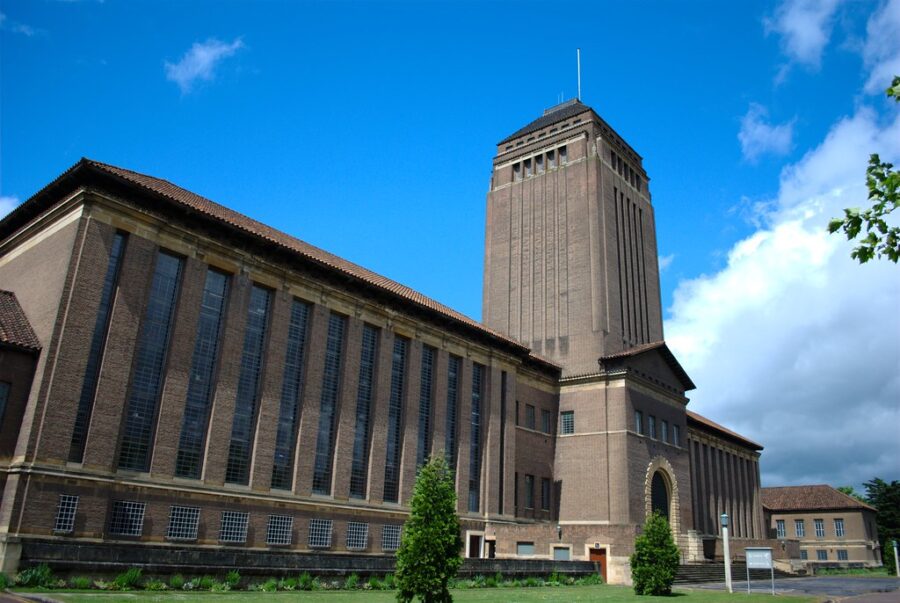

Leave a Reply